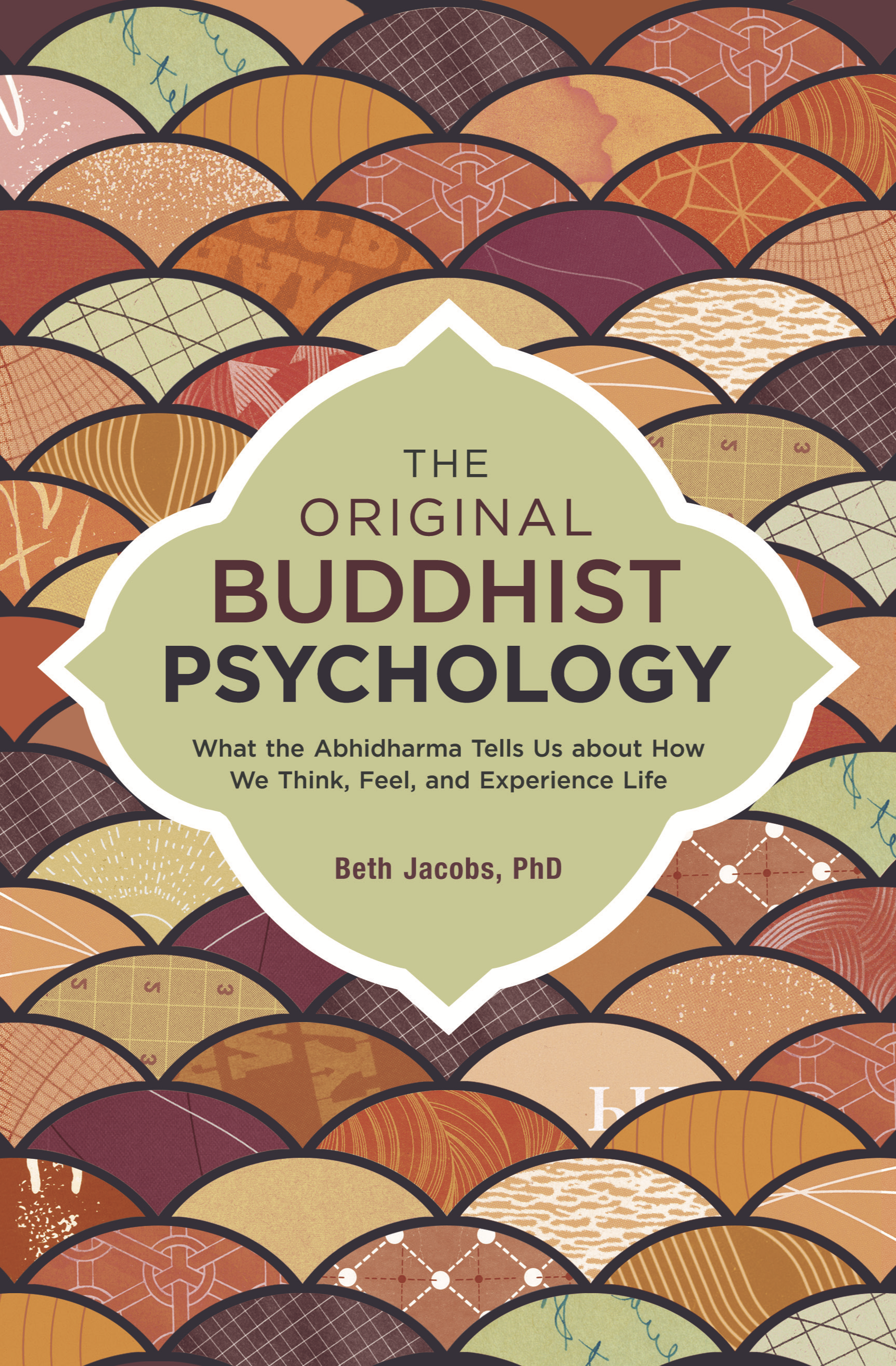The Abhidharma, one of the three major text collections of the original Buddhist canon,
frames the psychological system of Buddhism, explaining the workings of reality and the nature of the human mind. It is composed of detailed matrixes and lists that outline the interaction of consciousness and reality, the essence of perception and experience, and the reasons and methods behind mindfulness and meditation.

An Entry Into the Abhidharma
Take a few settling deep breaths.
Imagine before you a beautiful three dimensional matrix. You might build it out of diamond lego blocks or blue velvet pipe cleaners or exquisite green vines with sweet blossoms. Make it complicated and irregular. If you can work with more than three dimensions, feel free to add more.
Add some motion, vibration or pulsations or wind movement causing it to sway, or heave and return.
Add some play of light, shadows, strobe effects.
This image before you represents the Buddha’s understanding of the dynamic universe, the constant interplay of consciousness, matter, immaterial beings and forces, life and death.
Now, if you can imagine one more thing, get yourself in the matrix.
Either picture walking up to it and climbing in, or pick up the whole thing and put it over your head, or drop in. You might have to shift scale or make a door.
Settle into it, dissolve yourself in it, drop body and mind, feel the motion and dynamic of the matrix both within yourself and surrounding you.
Take another deep breath and refocus on where you are.
That is the basic mental motion of Abhidharma study.
That is all there is to it.
If you practice this basic motion, it will serve you well with many studies.
Now we just have to add some content, make the matrix work with words and ideas.
But keep it around and within you and then it will be useful in indirect ways.
It will slip into your activities and clarify them.
The Abhidharma is no more than a way to describe this dynamic matrix, a plain way that is still both scientific and poetic. Since it describes a matrix that includes our own conscious capacities, we automatically become part of it when we study it. Since it describes forces in relation, it is always in motion, so we have to start moving when we join it. And since the description is without human story, pronoun or narrative, its purity helps inform and direct us when we do move with it.
So why isn’t this the most well-known, popular study of all time and people? Partly it is because it is presented as a bunch of lists, matrixes and technical commentaries. This has made it seem dry and overly intellectual, and has kept it mostly in scholarly realms of academia and monasteries. It is also an area of traditional and well-deserved reverence, so it requires a deep respect in entry.
The Abhidharma is so intricate and interwoven that it doesn’t summarize well, and you can’t look at one piece in isolation. You have to jump in and adjust to many moving pieces. You have to use your right hemisphere. You have to forego a lot of linguistic packaging and narrative to study lists and matrices.
You mostly have to tolerate the complexity and radial embrace of the matrix you imagined. With some receptivity, curiosity and heart, the beneficial and enlightening aspects of Abhidharma study are readily available.
